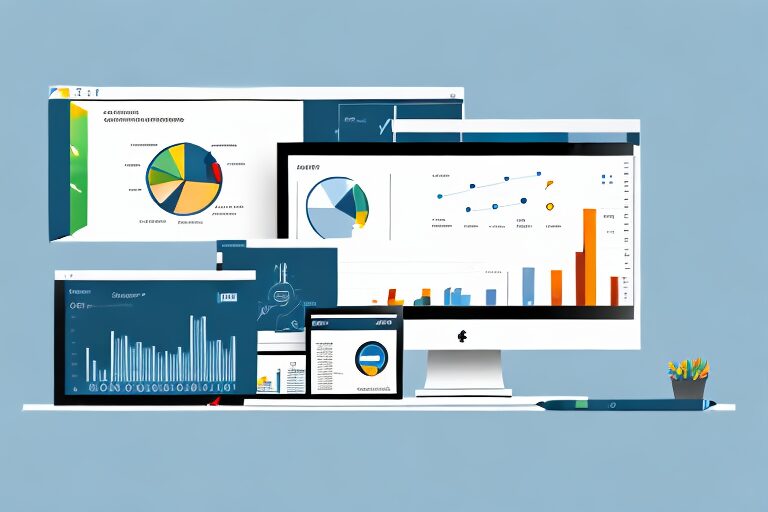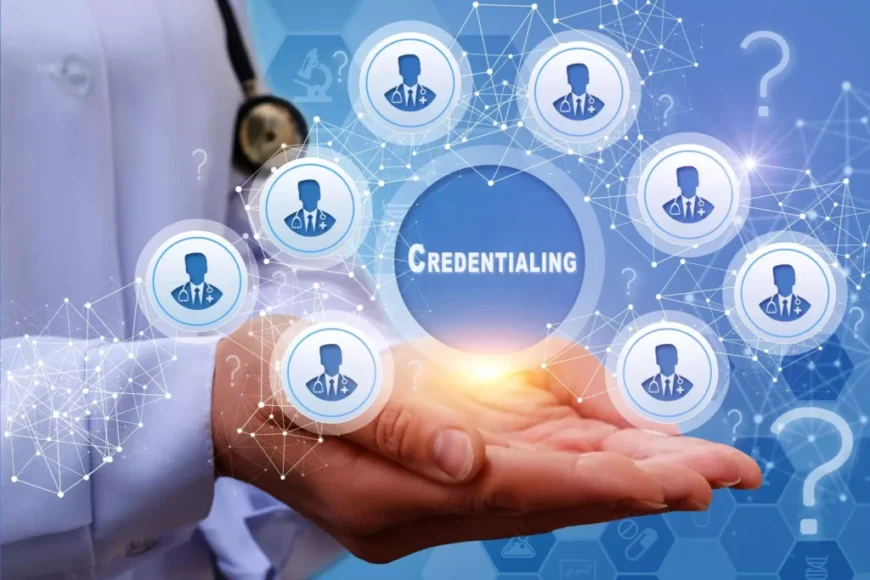Back in the day, credentialing was a very rudimentary process, but in time, it grew into an extremely complex procedure meant to cover all the angles. As if that wasn’t enough, hospitals and clinics now rely on advanced technology to streamline and improve results and eliminate common errors.
Aside from technological advancement, the healthcare industry has also grown immensely in the last few decades. Nowadays, patients have become the focal point of every service, which is why clinics and hospitals are always on the lookout for new ways to improve their experience.
One of the major changes has to do with how we perform credentialing. Today, it has become common for healthcare institutions to outsource the process to CVOs. These techy-savvy companies can reduce the administrative burden for your business and eliminate micromanagement.
In this article, we’ll explain how these providers use technology in their activities.
Why is technology important for credentialing?

The reason why delegated credentialing has become so popular is because these providers are much better with modern technology. Unlike the staff at your local clinic, these specialists have deep IT knowledge and know how to implement the newest systems for smoother onboarding.
You can no longer use a few spreadsheets and lists, and hope that you won’t make any errors during credentialing. The reason why CVOs are so effective is because they rely on modern SaaS products, which can eliminate otherwise common human errors. That way, when you submit data to regulatory bodies, you can rest assured your clinic won’t be hit by hefty fines.
Besides spearheading the rise of CVOs, the emphasis on technology has also made an impact on the medical staff. It isn’t uncommon for hospitals to give an advantage to candidates who have a keen knowledge of medical software and can independently manage large databases.
5 Main benefits of credentialing technology

Credentialing, for the most part, hinges on the software you’re using. Choosing the right platform can make your life much easier during this otherwise complex process. That being said, here are 5 reasons why technology is changing delegated credentialing and CVOs:
1. Better handling of data
Medical professionals have never been more sought-after. The popular in the Western world is slowly aging, which boosts the demand for healthcare services. Furthermore, many clinics and hospitals try their best to diversify their service, offering a little bit of everything.
Due to a massive influx of workforce and frequent employee turnovers, medical facilities are in a constant process of credentialing and re-credentialing. The higher number of staff members means more documents, larger databases, and increased micromanagement.
2. Fewer errors
CVOs use sophisticated technology that can keep track of everything that’s going on at the back-end. They use complex systems that are integrated with other databases to ensure there isn’t data overlapping. As a result, data is much more coherent and accurate.
Back in the day, there would be quite a mess each time you onboard a new practitioner. This is no longer the case, as CVO can easily track down employees’ documents from their previous employers and other databases. They can pull up this information directly into their system without any need for manual work.
As the software can easily detect and eliminate duplications and other errors, you can rest assured that all data is relevant and accurate. Even better, modern CVO software works in real-time and uses the cloud for data storage, making the information accessible to everyone.
3. Better oversight
Speaking of accessibility, any team member with access can get ahold of this data. This is vital for healthcare institutions as they can monitor the work of CVOs. On top of that, they can have a proactive role in recruiting and decision-making without necessarily having to tackle arduous data tasks.
Easier access to data can also work nicely for other relevant parties and credentialing institutions. You can use the software to create reports, which can then be sent to regulatory bodies for approval. The entire process becomes much smoother while also preventing data manipulation.
4. Customization and integration
Software companies are making intuitive solutions that all team members can benefit from. Even if you have limited knowledge of credentialing, you should be able to grasp the basic data within a dashboard.
One of the biggest emphases is on integrations and customization options. As every client has specific needs, it’s important for CVOs to modify their workflow according to healthcare institutions’ needs. Modern SaaS products have numerous customization options, ensuring that you focus on metrics and documents that truly matter.
Similarly, integration can significantly increase your efficiency. You no longer have to go from a tool to a tool to perform basic tasks. Instead, all the data and functionalities will be available straight-up.
5. Improved communication and delegation
Many tools nowadays offer communication features that allow various team members to interact and share files. Whether through integrations or added functionality, many credentialing programs can provide the same.
These platforms can be accessed by numerous people at the same time. Depending on what you’re using, you might also be able to communicate with others while in the dash. Some tools also allow delegation of roles, limiting what certain members can do within a platform. Whatever the case, all these small things are better for determining hierarchy and streamlining.
Conclusion

Delegated credentialing technology is the reason why all of this is possible. By using software, CVOs can streamline tasks that otherwise take hours and even days to finish. Not only that, but technology can also ensure there are fewer errors, thus lowering the chance of fines.
While some of these tools might seem intimidating at first, software providers usually make sure they’re simple, even for beginners. Even if you have limited tech knowledge, you should get used to some of these programs and introduce them into your usual credentialing workflow. By relying on technology, CVOs can save time, increase profits, and provide better user satisfaction to everyone involved.








